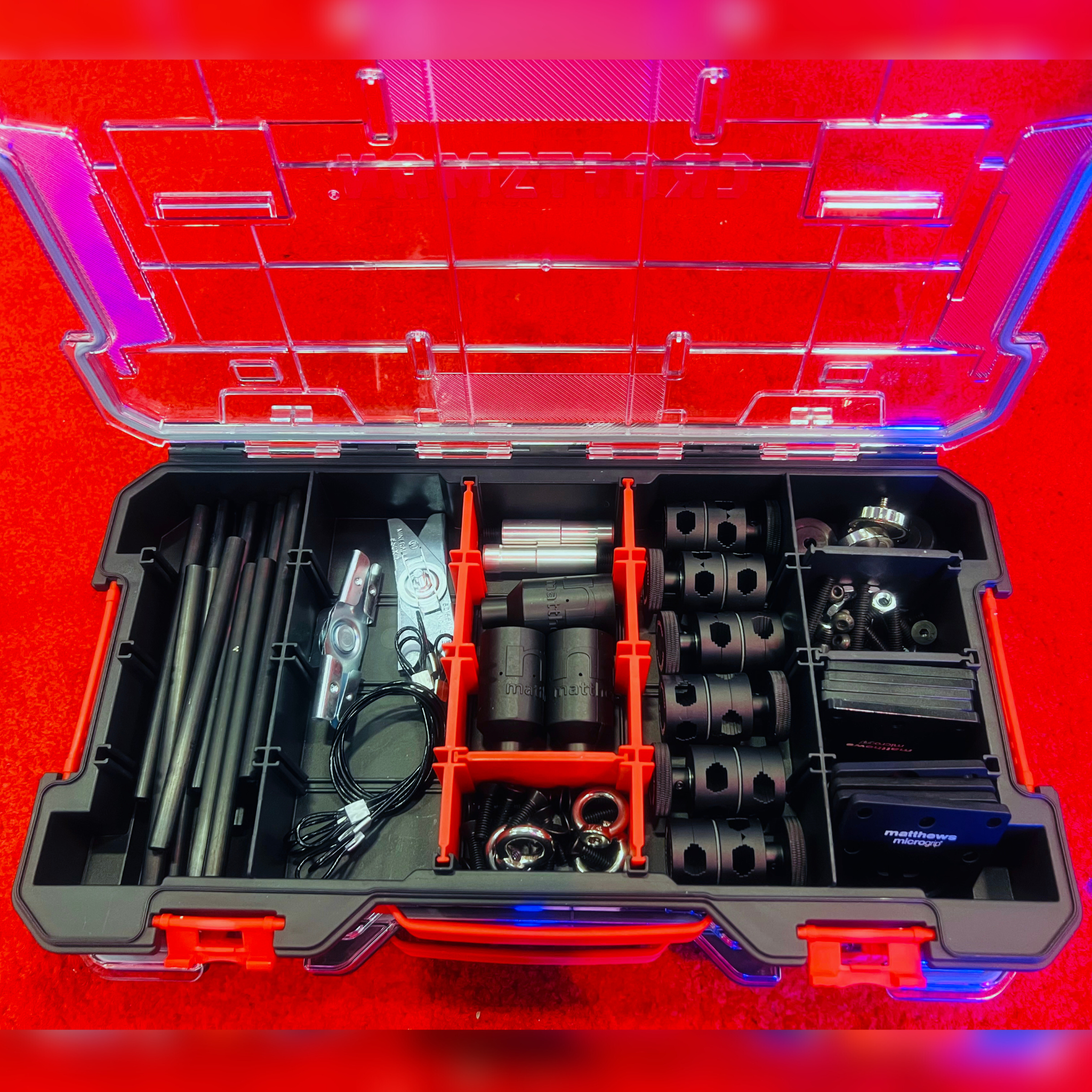FCC, NTIA Ink Agreement on Spectrum Coordination
The updated memorandum of understanding will help revitalize spectrum cooperation the agencies said

WASHINGTON, D.C.—The Federal Communications Commission (FCC) and the National Telecommunications and Information Administration (NTIA) have announced an updated Memorandum of Understanding between the agencies on spectrum coordination.
The new agreement marks the first time the MOU has been updated in nearly twenty years and will help revitalize interagency cooperation on spectrum issues, the Federal agencies said.
The revised MOU also comes at a critical time in the nation’s efforts to expand access to high-speed internet, protect national security, promote economic growth, and advance the progress of science and technology the agencies said.
The MOU was signed by FCC Chairwoman Jessica Rosenworcel and Assistant Secretary of Commerce for Communications and Information and NTIA Administrator Alan Davidson.
“Next-generation spectrum innovation is going to require next-generation spectrum coordination. This updated MOU embraces the idea that no single entity can meet this challenge alone,” said Chairwoman Rosenworcel. “We need a whole of government approach—one that draws on the strengths in our national DNA: our hard-wired belief in the creative possibilities of the future, the power of coordination, and the rule of law. This effort, as part of our broader Spectrum Coordination Initiative, helps make that possible. I am grateful to have the leadership and partnership of Assistant Secretary Davidson in this important work.”
“A spectrum coordination agreement that pre-dates the smartphone is not sufficient to meet the challenges facing our agencies today,” said Assistant Secretary Davidson. “This updated MOU between NTIA and the FCC will deepen our collaboration and improve our ability to anticipate and mitigate serious spectrum issues. I salute Chairwoman Rosenworcel’s leadership and support in charting a course for sustained coordination for years to come.”
In February 15, 2022 the two agencies announced a Spectrum Coordination Initiative and the new MOU provides for a better framework for managing spectrum. Key features of the MOU include:
Get the TV Tech Newsletter
The professional video industry's #1 source for news, trends and product and tech information. Sign up below.
- Formalized High-Level Planning. For the first time, the FCC Chair and Assistant Secretary will hold formal meetings to conduct joint spectrum planning at least quarterly.
- A Longer-Term Spectrum Outlook. FCC and NTIA staff will meet at least monthly to exchange information. Where possible, the agencies will share their planned spectrum activities for the next 12 months.
- Greater Coordination. The agencies have committed to coordinating more of their spectrum activities than was required under the prior MOU, including when the agencies are considering taking actions that would create new spectrum adjacencies. The updated MOU also extends the amount of time for coordination.
- Improved Transparency and Data Sharing. Both agencies will endeavor to share information, concerns, or views as early in the spectrum planning process as possible, supported by technical data and analysis that is based on sound engineering principles. For NTIA, this includes sharing information, concerns, or views of other federal agencies as well.
- Clearer Dispute Resolution. FCC and NTIA will work together to develop and implement a process for escalating any disputes for consideration by agency leadership.
Going forward, the agencies also said that they revisit the MOU every four years to ensure that it is keeping pace with the nation’s spectrum needs.
The completed MOU is available here.
George Winslow is the senior content producer for TV Tech. He has written about the television, media and technology industries for nearly 30 years for such publications as Broadcasting & Cable, Multichannel News and TV Tech. Over the years, he has edited a number of magazines, including Multichannel News International and World Screen, and moderated panels at such major industry events as NAB and MIP TV. He has published two books and dozens of encyclopedia articles on such subjects as the media, New York City history and economics.

